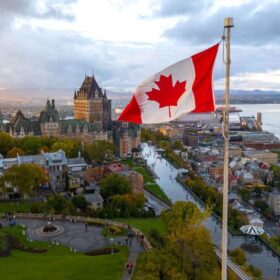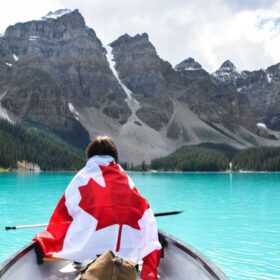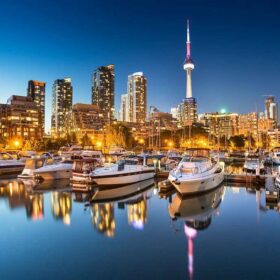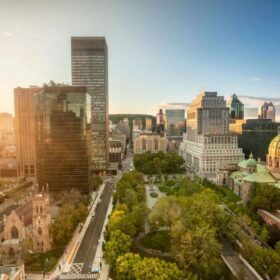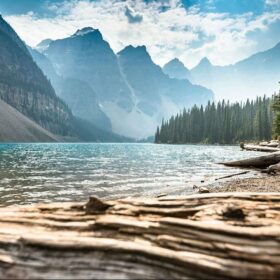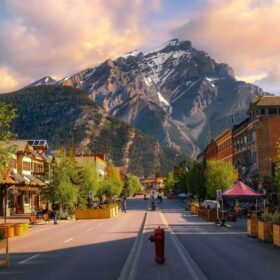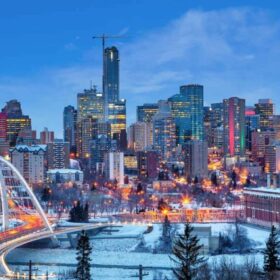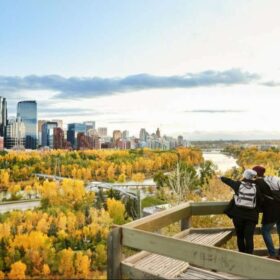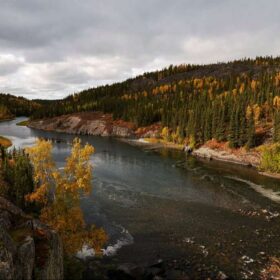Nestled in the heart of central Canada, Manitoba is often underestimated as a tourist destination. However, those who take the time to explore the province will discover a plethora of unique experiences. From observing polar bears in their natural habitat to witnessing the northern lights or enjoying a winter festival that celebrates French Canadian history, Manitoba offers a range of memorable activities.
During the summer, the beaches around Lake Winnipeg and the scenic provincial parks provide ideal retreats for hot days in this prairie province. For those seeking cultural attractions and city entertainment, Winnipeg, the provincial capital, is hard to beat.
For a comprehensive overview of the highlights, refer to our list of top tourist attractions in Manitoba.
1. The Forks, Winnipeg
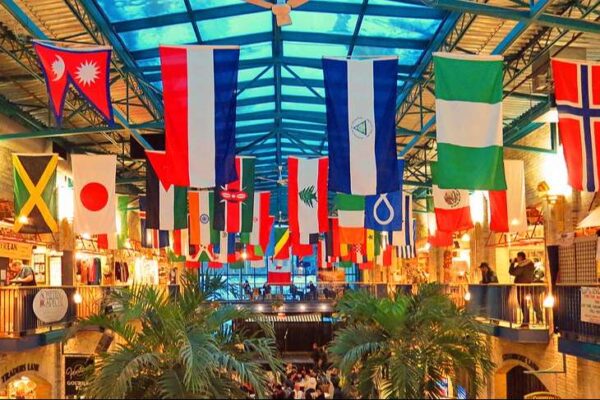
The Forks, situated at the confluence of the Red and Assiniboine Rivers near downtown Winnipeg, is a vibrant destination enjoyable both in summer and winter. The Forks Market and Johnston Terminal Building, meticulously restored historical structures, house a delightful market area featuring captivating shops, restaurants, and casual food stalls.
Several restaurants offer outdoor patios with views of the Riverwalk, which runs along the river. During winter, families flock to the outdoor skating rink. The Forks is also home to the Manitoba Children’s Museum and the contemporary Canadian Museum of Human Rights. For skateboarding and BMX enthusiasts, Winnipeg’s premier skate park is located at The Forks.
2. Canadian Museum of Human Rights, Winnipeg
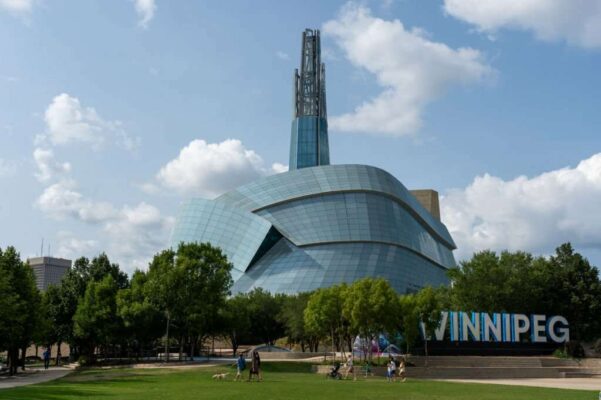
Winnipeg’s newest major attraction, the Canadian Museum of Human Rights, is a significant addition to Canada’s national museums. After many years of development, the museum’s structure is a distinctive, standout building with a design inspired by the Canadian landscape.
The museum explores various themes that narrate stories of human rights issues from different perspectives. Permanent exhibits provide insight into human rights in Canada and worldwide while changing exhibits shed light on current global human rights issues.
The planning stages involved tension and controversy over determining which stories would be told, emphasizing the museum’s importance to many people.
3. Pinawa Dam Provincial Park
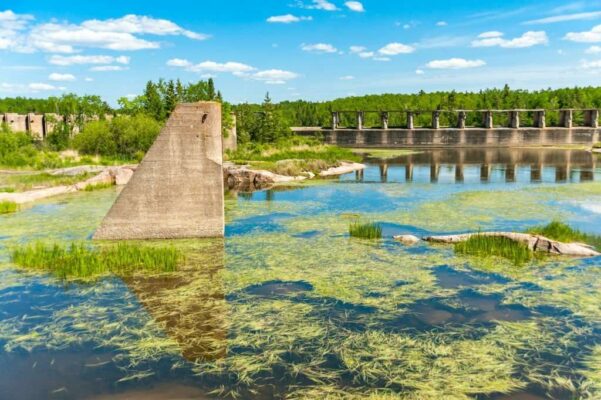
The primary attraction of this park is the crescent-shaped remains of the 1906 Pinawa Dam, situated a brief drive north of Pinawa town. Nestled in the scenic landscapes of Manitoba’s cottage country within the Canadian Shield, the park offers an enjoyable day trip from Winnipeg, just 1.5 hours away.
Guests can explore the site at their leisure with a self-guided tour, enjoying perspectives of the historic dam, which ceased operations in 1951, from the Centennial Spillway Trail. The park also provides picnic facilities and an amphitheater.
4. Polar Bears of Churchill
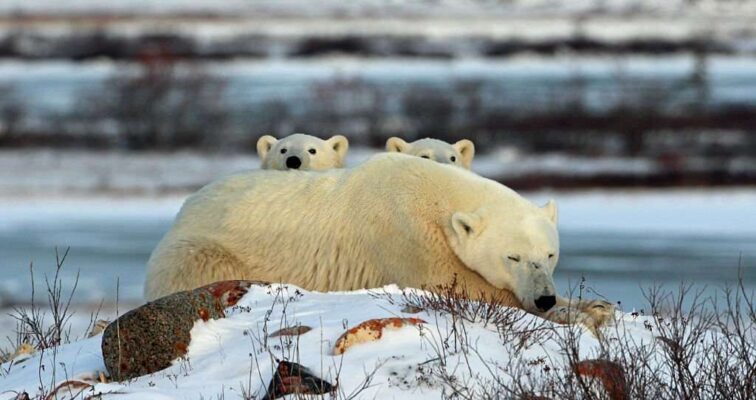
Churchill, renowned as the “Polar Bear Capital of the World,” is situated on the rugged, rocky shores of Hudson Bay. During the autumn season, polar bears venture onto the ice floes in the bay for seal hunting, attracting visitors from across the globe who come to witness these incredible animals. Tundra buggy tours, utilizing large-wheeled vehicles with caged windows, provide visitors with close-up encounters with the bears.
The Itsanitaq Museum, also known as the Eskimo Museum, is noteworthy, showcasing exhibits of Inuit art and tools spanning from 1700 BC through the Dorset and Thule cultures to the present day.
The Fort Prince of Wales National Historic Site, constructed by the Hudson’s Bay Company in the 1700s, is accessible by boat and open for visits during July and August.
Depending on the evening, fortunate visitors may also witness a spectacular display of the northern lights.
5. Riding Mountain National Park
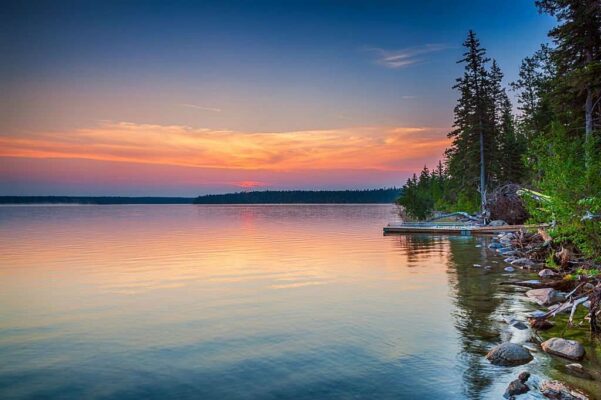
Accessible year-round, this picturesque park combines recreational space with a nature reserve, featuring a diverse landscape of prairies, forests, and pristine lakes and streams. Stretching over a portion of the glacially formed Manitoba Escarpment, the park encompasses a series of plateaus that rise to approximately 340 meters, offering stunning views of the surrounding prairies characterized by gentle hills, meadows, and lakes.
Riding Mountain is home to deep lakes, including popular fishing spots like Clear Lake, Lake Katherine, and Deep Lake. Near Lake Audy, a herd of bison freely roams within a 552-hectare enclosure, while bears, wolves, elk, and deer also inhabit the park.
The park features numerous hiking and cycling trails. One trail leads to the log cabin once owned by the English naturalist Grey Owl, who, in the early 1920s, authored books about the local wildlife.
6. Grand Beach
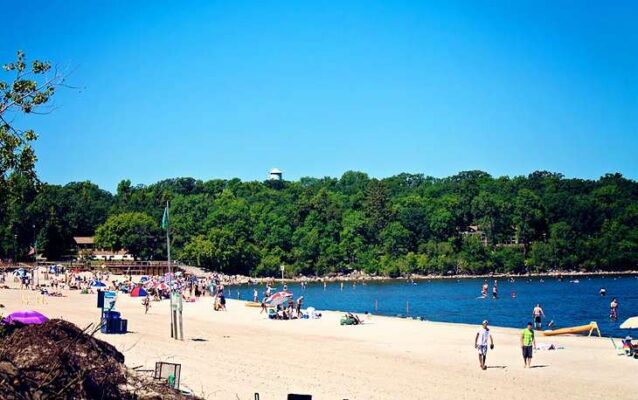
Grand Beach Provincial Park encompasses an extensive stretch of soft sandy beach along the shores of Lake Winnipeg, considered one of the finest lakes in Manitoba. During the summer, this beach, recognized as one of the best in Canada, becomes a popular destination for sunseekers seeking a break from urban life.
Located approximately an hour’s drive from Winnipeg, the surrounding area offers various accommodation options, ranging from motels to cottage rentals. Local restaurants provide opportunities for casual dining and entertainment.
Nestled among the trees and just a short walk from the beach and towering sand dunes, the park campground features 350 sites. Spanning 17 bays, the sites include a mix of serviced and subserviced options, with some bays designated as alcohol-free zones.
7. Whiteshell Provincial Park
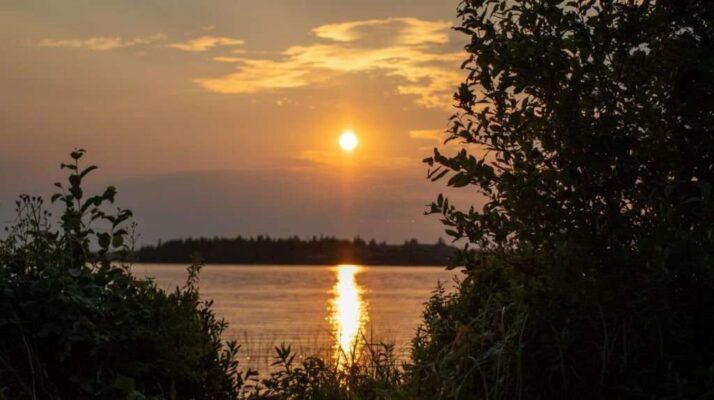
Located approximately 1.5 hours east of Winnipeg, Whiteshell Provincial Park is a favored summer retreat for residents seeking refuge from the city’s heat and enjoying lakeside leisure. The park’s terrain showcases the typical features of the Canadian Shield, including hills, lakes, valleys, forests, and rivers. Various wildlife, such as moose, deer, black bears, and more, inhabit the area, with cottages adorning the lakefronts while preserving much of the surrounding wilderness.
Known locally as “The Whiteshell,” the park boasts four of Manitoba’s premier campgrounds and hosts some of the province’s finest beaches. Falcon Lake and West Hawk Lake, resort communities situated in the park’s southern region, attract weekend visitors, featuring small towns nestled away from the lakeshores.
For golf enthusiasts, Falcon Lake offers one of Manitoba’s top courses, spanning 6,922 yards with challenging holes. The course recently unveiled a new, architecturally striking clubhouse, complete with a fantastic patio – an ideal spot to reflect on the highs and lows of your recent game.
8. The Royal Canadian Mint
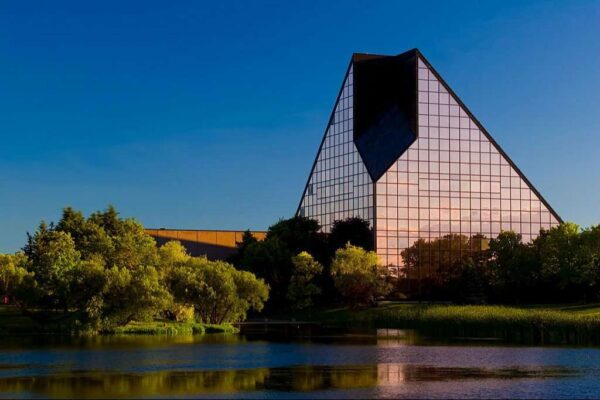
If you’ve ever been curious about the origin of the coins we use in our daily lives, be sure to allocate some time during your visit to Winnipeg to explore the Royal Canadian Mint. This state-of-the-art and highly secure facility welcomes the public and offers informative tours.
Led by knowledgeable guides, these tours provide historical insights and background information while also detailing the coin production process. On-site, there is a boutique where specialty coins and other souvenirs are available for purchase.
9. Canadian Fossil Discovery Center, Morden
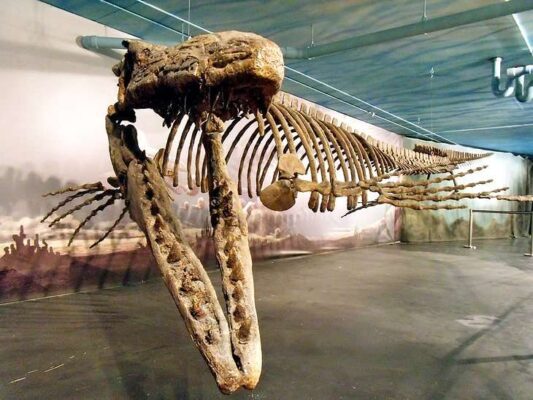
Housing the most extensive assortment of marine reptile fossils in Canada, the Canadian Fossil Discovery Center is a worthwhile destination, requiring a 1.5-hour journey from Winnipeg. All the fossils showcased, including the colossal mosasaur nicknamed Bruce, originate from Manitoba. Continuous research in the field ensures that new fossils are consistently incorporated into the collection.
The center welcomes visitors seven days a week. If you happen to be in town or traveling along Highway 3 in southern Manitoba, it’s recommended to allocate some extra time for a visit to the CFDC.
10. Mennonite Village in Steinbach

Recreating Mennonite life from the 16th century to the contemporary era, the Mennonite Heritage Village in Steinbach incorporates evolving themes. Over 20 furnished buildings are situated across 17 hectares, providing insight into an era when villages akin to this were prevalent throughout Southern Manitoba.
A noteworthy structure on the premises is the expansive Dutch windmill, visible from the highway. Make sure to visit the gift shop and explore the locally crafted handmade items.
11. Festival du Voyageur, Winnipeg
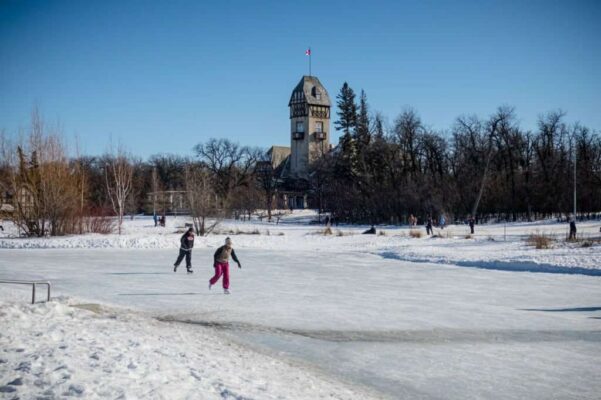
One of Manitoba’s top winter events is the Festival du Voyageur, commemorating the French Voyageurs who transported furs in birch bark canoes. Held annually in February in St. Boniface, the French-speaking district of Winnipeg, the festival attracts families and adults alike.
Outdoor activities, including games and snow sculpting competitions, take center stage. Traditional French music, cuisine, and other entertainment are showcased in outdoor tents. Despite the cold weather during this season, the event draws significant crowds.
FAQs
Q: What is the best time to visit Manitoba?
A: Summer is ideal for outdoor activities, while winter is perfect for witnessing the polar bear migration.
Q: Are there luxury accommodations in Manitoba?
A: Yes, the Fort Garry Hotel in Winnipeg offers a luxurious stay with historic charm.
Q: Which trail offers the best scenic views in Manitoba?
A: The Pisew Falls trail provides breathtaking views of Manitoba’s natural beauty.
Q: What cultural events can I attend in Manitoba?
A: The Winnipeg Folk Festival and Festival du Voyageur showcase the province’s cultural diversity.
Q: Where can I experience Indigenous heritage in Manitoba?
A: Explore the Canadian Museum for Human Rights and engage with local Indigenous communities.


